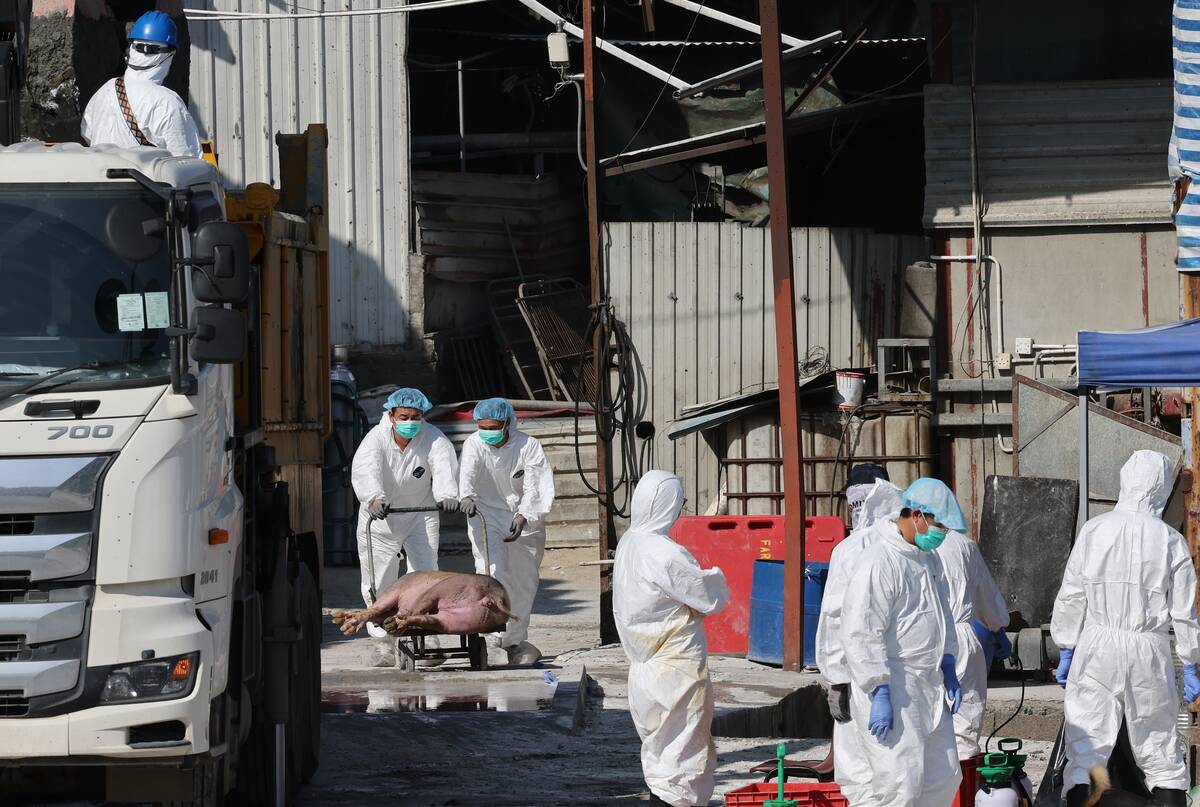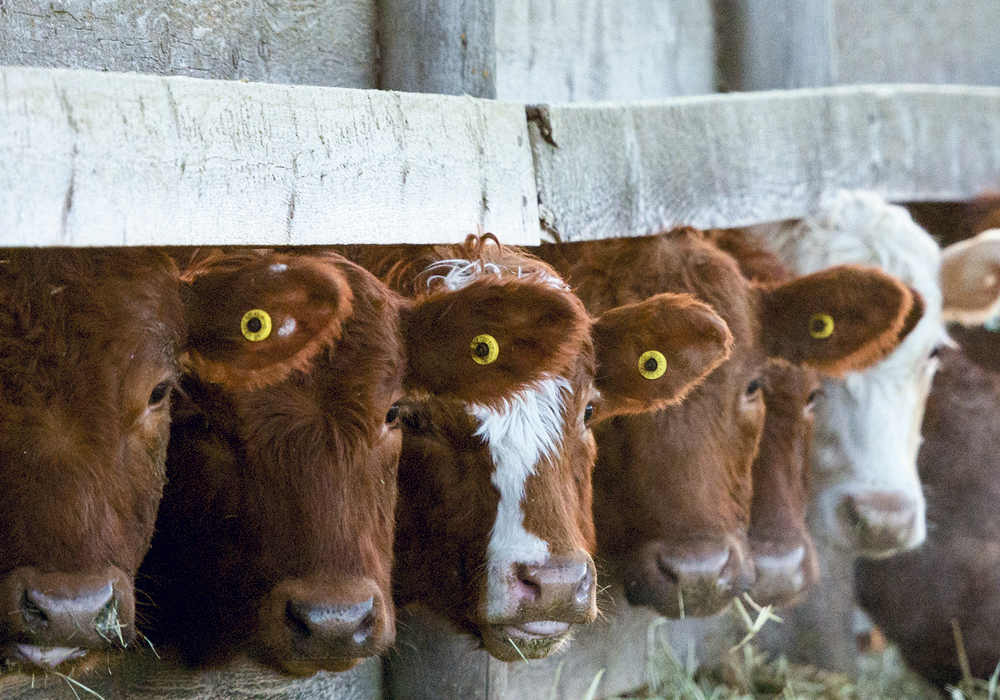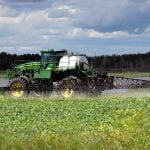NEW ORLEANS, La. — Careful use of antibiotics, well-timed administration of vaccines and improved biosecurity can produce healthier calves.
Veterinarians attending a cattle health session at the National Cattlemen’s Beef Association convention talked about improvements that can start on the farm.
“As a cow-calf industry, we really need to be conscious of what the next guy up the chain has got to deal with. The more we can do to prepare that animal for that chain is the most important thing we can do,” veterinarian Tom Talbot said at the convention, which was held Jan. 29-Feb. 1 in New Orleans, Louisiana.
Read Also

Mixed results on new African swine fever vaccine
The new African swine fever vaccine still has issues, but also gave researchers insight into how virus strain impacts protection against the deadly pig disease.
Best practices have been developed for antibiotic use in beef cattle, but better diagnosis beyond “I think he looks sick” is needed, said feedlot veterinarian Tom Portillo.
Others agreed that biosecurity and biocontainment should be considered. If an animal becomes sick on one part of the ranch, steps should be taken to ensure that other areas do not become infected as well.
Producers are warned about bringing new animals to the ranch. That new bull may get sick and is lost for a breeding season, said Bob Smith of the Beef Quality Assurance program.
“It may be the new animal that gets sick is because of the organisms that are on your farm that this animal has not seen before,” he said.
Communication and education are available, but people may be reluctant to attend things like quality assurance clinics. Many people are not being reached, and they may not participate because they fear criticism of how they do things, said Portillo.
There are also a lot of operations that don’t work with a veterinarian, so maybe other extension organizations could distribute information on best production practices.
At the feedlot, more training could be offered to pen riders so they can understand the health effects of stress, take nasal swabs and recognize different types of manure and disease symptoms. They can learn to do necropsies and take pictures so vets can figure out what went wrong.
“We really need some better diagnostics at chute side,” Portillo said.
Some workers are better diagnosticians than others, but good technologies are being developed to detect disease.
“They really have to get those technologies affordable. We have to have a return on investment and we have to be able to use them and they have to be fairly accurate,” he said.
Genetic selection is an emerging technology to reduce antibiotic use, said Talbot.
“We talk about antibiotic use and where we are going in the future. We have to look at genomics. “Genetic selection has not done very well to identify the disease resistant ones, but that is where the real future is,” he said.
















